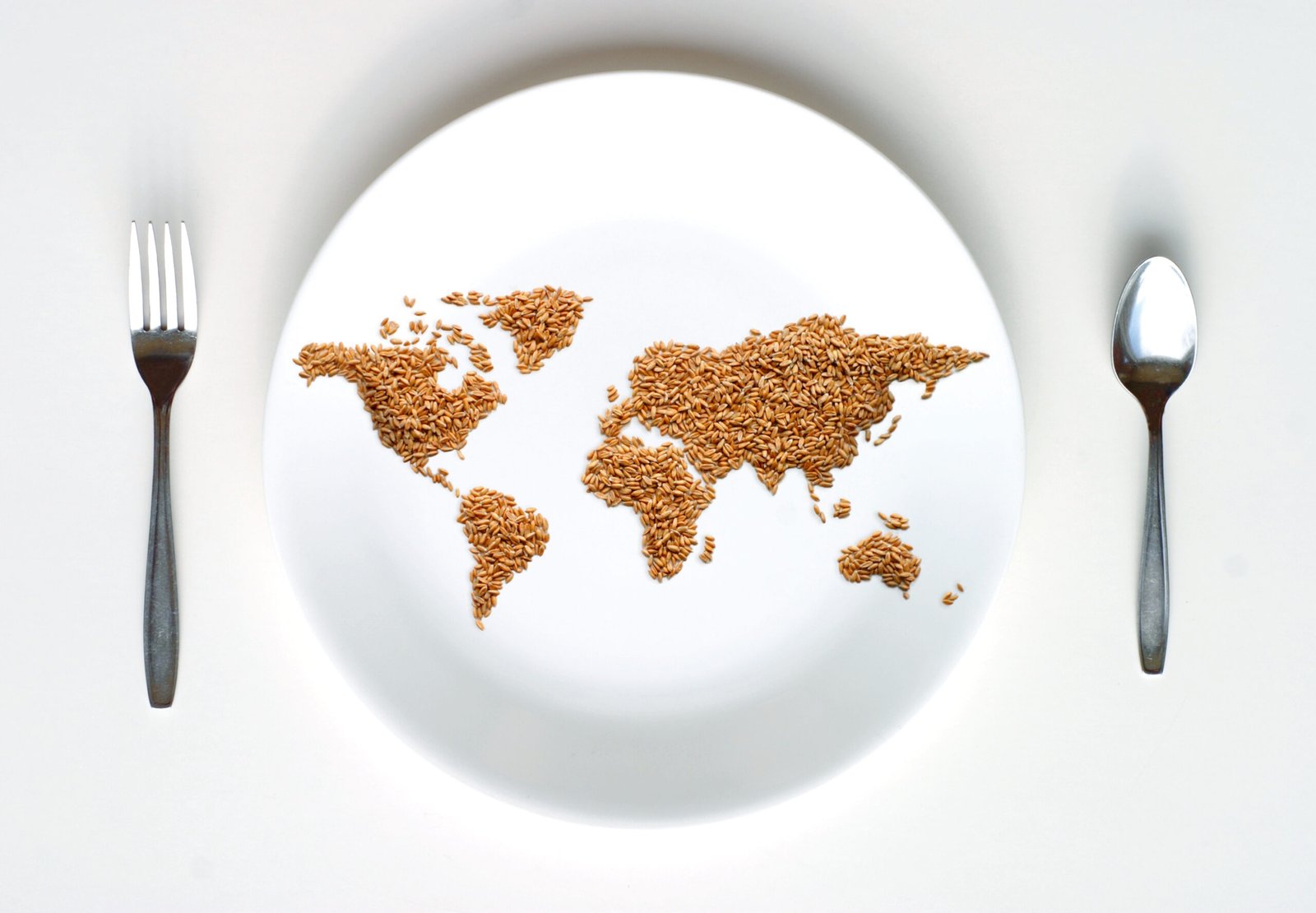Wednesday, 3 December 2025

Image Source: Soli Solutions
A new United Nations report led by the Food and Agriculture Organization (FAO) reveals that global hunger levels fell modestly in 2024, but the gains remain fragile and uneven—particularly in Africa and western Asia, where food insecurity continues to worsen. Released during the Second UN Food Systems Summit Stocktake (UNFSS+4) in Addis Ababa, the 2025 edition of The State of Food Security and Nutrition in the World (SOFI) tracks both progress and persistent gaps in the global fight against hunger and malnutrition.
The report estimates that 8.2 per cent of the global population, or 673 million people, experienced hunger in 2024—down from 8.5 per cent in 2023 and 8.7 per cent in 2022. However, despite the overall decline, the number of people affected by hunger remains above pre-pandemic levels, with high food inflation slowing the pace of recovery.
Significant regional disparities underscore the uneven progress. While undernourishment declined in southern Asia and Latin America, reaching 6.7 per cent and 5.1 per cent respectively, the share of people facing hunger in Africa rose above 20 percent in 2024, impacting more than 307 million people. Western Asia also saw worsening food insecurity, with over 39 million people, or 12.7 percent of the population, affected.
The report projects that 512 million people could be chronically undernourished by 2030—nearly 60 percent of them in Africa—underscoring the urgent need to accelerate progress toward Sustainable Development Goal 2: Zero Hunger. The findings come at a time of heightened geopolitical and climatic pressures, which have driven sharp increases in food costs, especially in low-income nations.
The global prevalence of moderate or severe food insecurity fell slightly from 28.4 percent in 2023 to 28.0 percent in 2024, but still affected 2.3 billion people. Though some nutrition indicators, such as child stunting and exclusive breastfeeding rates, showed long-term improvement, others—such as obesity and anaemia in women—continued to rise.
The FAO-led report also highlights the destabilizing impact of the 2021–2023 global food price surge, driven by a confluence of post-COVID policy shocks, climate extremes, and supply disruptions linked to the war in Ukraine. During this period, food price inflation consistently outpaced headline inflation globally, peaking at 13.6 percent in early 2023. In low-income countries, food inflation reached as high as 30 percent in May 2023, eroding access to healthy diets.
While the number of people unable to afford a healthy diet globally declined from 2.76 billion in 2019 to 2.60 billion in 2024, the trend reversed in low-income countries. There, affordability worsened, with 545 million people unable to access nutritious food—an increase of 81 million since 2019. The report warns that rising costs and declining real incomes in vulnerable economies could reverse gains made since the pandemic.
FAO and its UN partners—IFAD, UNICEF, WFP, and WHO—call for coordinated policy responses to food inflation and undernutrition. Recommended measures include targeted social protection, strategic investments in agriculture, infrastructure and market systems, and improved access to nutritious food through community-based approaches. The agencies stress that unless global attention returns to the most vulnerable regions, particularly in sub-Saharan Africa and conflict-affected states, progress toward food security will remain fragile and potentially reversible.